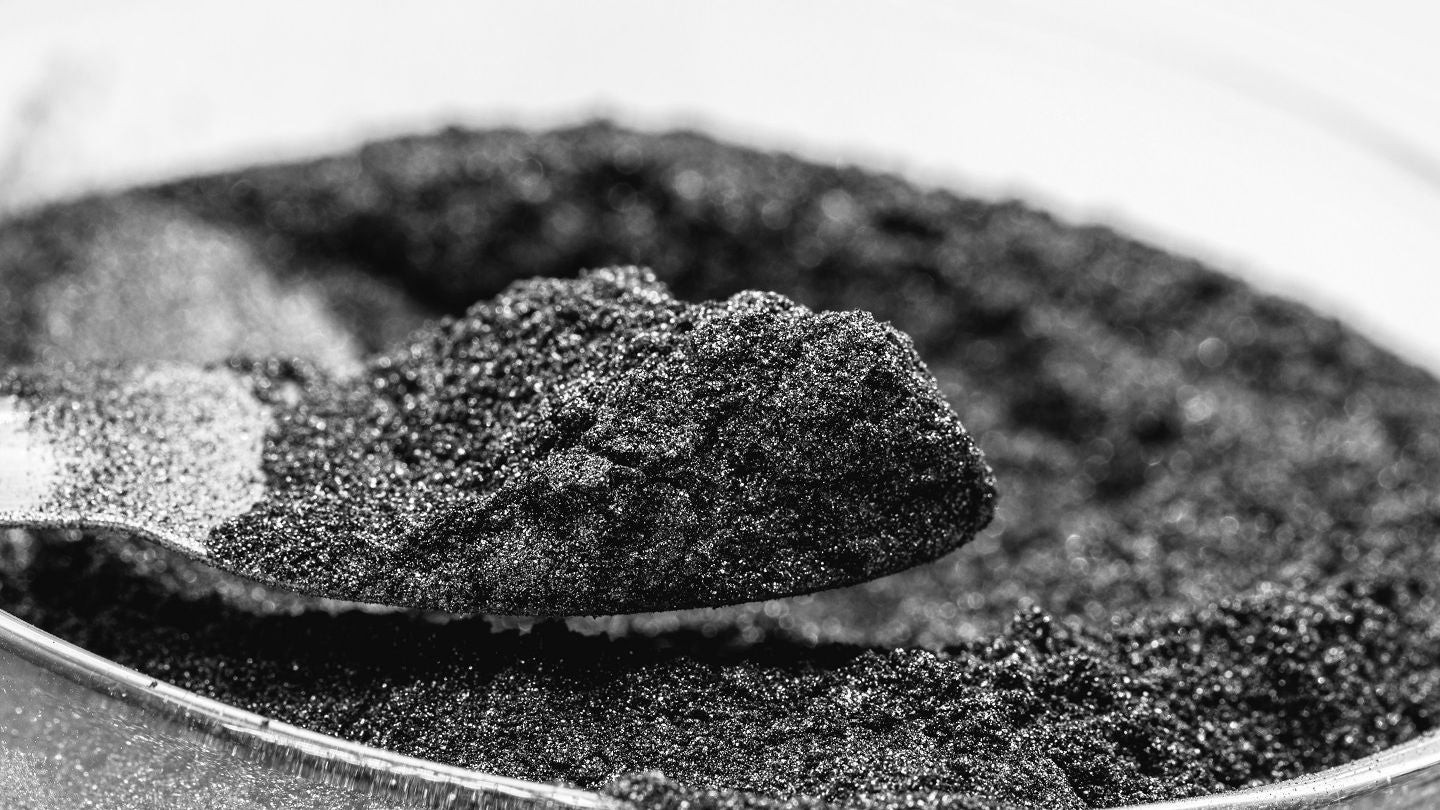
It’s often claimed that the UK needs to burn American and Canadian forests in its power stations to stop the lights going out. But analysis by NRDC shows that real renewables like wind and solar are already alleviating the need to burn millions of tonnes of wood in UK power stations.
In the first six months of 2023 (January–June), the use of genuine renewables avoided the burning of 32 million tonnes of wood in bioenergy power stations — mainly Drax.
Wind, solar, and hydro generated 44TWh of electricity, according to the National Grid. To produce the same amount of electricity from bioenergy would have required 32 million tonnes of wood pellets. That’s 3.5 times the UK’s current annual use of wood pellets, which stands at around 9 million tonnes. This would have required 501 shipments across the Atlantic (from Canada and the U.S. Southeast, where the UK obtains most of its wood pellets) — the largest single shipment to Drax power station was 63,907 tonnes.
Renewables like wind and solar are so cheap they help reduce energy bills, while biomass is so expensive that it typically increases people’s electricity costs. These levies on energy bills are used to pay for billions of subsidies the government issues every year to enable the industry stay afloat financially. Without this, burning trees in power stations would be too expensive to sustain itself through selling electricity alone. Contrastingly, wind and solar are now so cheap that they no longer need subsidies most of the time.
Low-cost, clean renewables are helping to avoid the burning of millions of extra tonnes of trees. Bioenergy is incredibly expensive and pushes up energy bills, destroys forests, and poisons people’s air. It also relies on huge imports of wood — weakening Britain’s energy security.
A clean, affordable, secure energy system is in reach, without burning trees, if we had more wind, solar, hydro, and battery storage. The government needs to end all subsidies for burning forests in power stations and focus on unblocking a backlog of real renewable projects waiting to connect to the grid.
Nonetheless, the UK government is doubling down on burning even more wood in power stations, through its recent Biomass Strategy. However, it openly admits that by 2050 we may have nowhere near enough imported biomass to meet UK demand. Wind and solar on the other hand are free and readily available in the UK. Burning imported trees is no way to increase the UK’s energy security or cut its carbon, but there’s plenty of untapped potential in real renewables that could help reduce the UK’s dependence on burning North American forests.
Background Information
- Inspiration for methodology drawn from ECIU Power Tracker methodology, although any differences/errors are those of the author. Calculations: https://docs.google.com/spreadsheets/d/1Iz_fLM5_KQ5Zq3gYU5G0JSSwqxa5IEH…
- Monthly electricity generation from renewables (wind, solar, hydro) from National Grid ESO monthly statistics: https://www.nationalgrideso.com/electricity-explained/electricity-and-me/great-britains-monthly-electricity-stats.
- Biomass power plant efficiency of 29% from Drax Electric Insights: https://reports.electricinsights.co.uk/methodology/.
- Wood pellet energy net calorific value of 4.8kWh/kg from Forest Research: https://www.forestresearch.gov.uk/tools-and-resources/fthr/biomass-energy-resources/reference-biomass/facts-figures/typical-calorific-values-of-fuels/.
- Largest carrier shipment of wood pellets to Drax 63,907 tonnes: https://www.drax.com/press_release/draxs-largest-biomass-shipment-arrives-at-the-uks-biggest-biomass-handling-facility/.
By Matt Williams, NRDC.
I don’t like paywalls. You don’t like paywalls. Who likes paywalls? Here at CleanTechnica, we implemented a limited paywall for a while, but it always felt wrong — and it was always tough to decide what we should put behind there. In theory, your most exclusive and best content goes behind a paywall. But then fewer people read it! We just don’t like paywalls, and so we’ve decided to ditch ours. Unfortunately, the media business is still a tough, cut-throat business with tiny margins. It’s a never-ending Olympic challenge to stay above water or even perhaps — gasp — grow. So …




